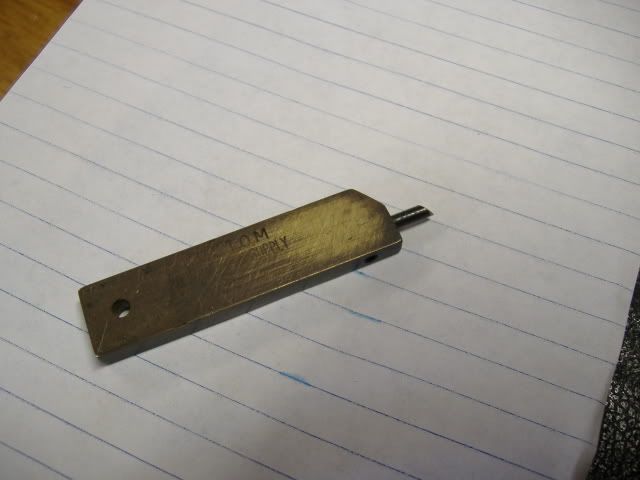I have been lurking here for a while learning best practices for muzzle loading from you guys. I appreciate all the help that everyone has given.
I have been working on making a simple knife. I have been following the instructions on this site. http://hossom.com/tutorial/jonesy/ Unfortunately I am at work and cannot post a picture just yet. I will do so soon.
I am at the part where I am getting ready to form the blade and I was wondering how you ensure that the blade comes to a point in the middle of the piece of steel. It seems like it would be easy to get the blade off to one side or the other.
Thanks in advance for your help.
I have been working on making a simple knife. I have been following the instructions on this site. http://hossom.com/tutorial/jonesy/ Unfortunately I am at work and cannot post a picture just yet. I will do so soon.
I am at the part where I am getting ready to form the blade and I was wondering how you ensure that the blade comes to a point in the middle of the piece of steel. It seems like it would be easy to get the blade off to one side or the other.
Thanks in advance for your help.
Last edited by a moderator:







